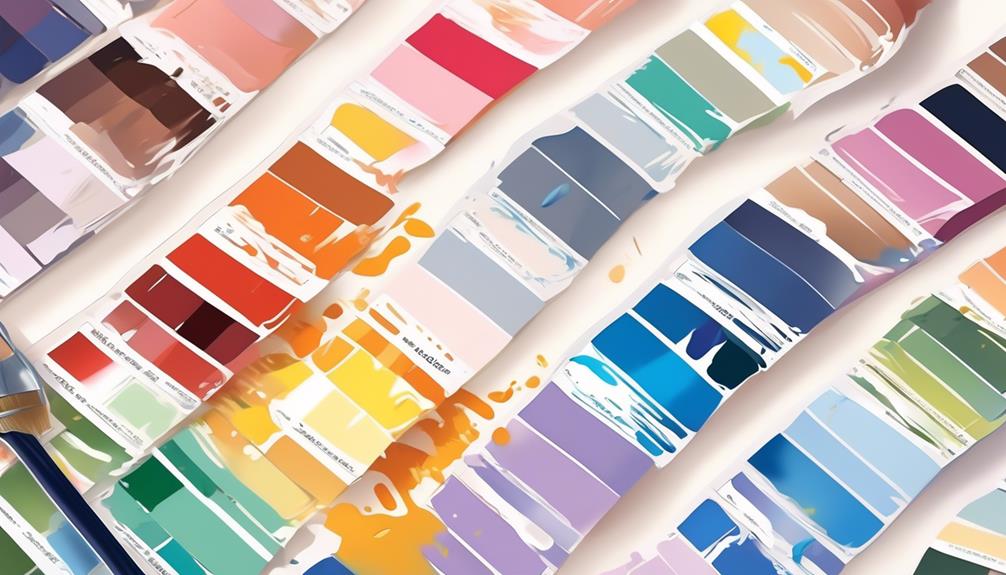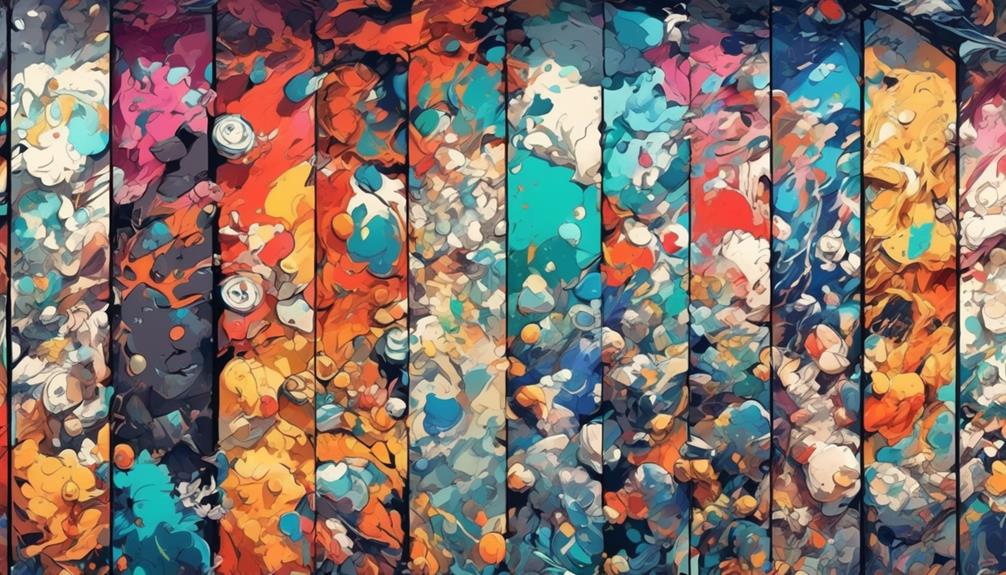Using flat paint as a primer can be a quick solution if you're in a pinch, but it's not ideal for long-term protection and adhesion.
Flat paint lacks the necessary bonding agents and sealing properties that a primer provides, so it's best to use a dedicated primer to ensure proper adhesion and durability for your topcoat.
While using flat paint as a primer might work in some cases, it's always best to use the right products for the best results in the long run.
Differences Between Flat Paint and Primer

There are significant differences between flat paint and primer that you should be aware of. Understanding these differences will help you make informed decisions when it comes to painting projects.
Flat paint is used as a topcoat, providing a smooth, matte finish to the surface. It's perfect for walls, ceilings, and other areas where you want a non-reflective surface.
Primer serves as a preparatory coat that helps improve adhesion and coverage of the topcoat. It creates a smooth and even surface, allowing the paint to adhere better and last longer.
Flat paint contains pigments, binders, and solvents that give it color and texture. It's formulated to be durable and washable, making it suitable for everyday use.
Primer is specifically designed to seal porous surfaces, block stains, and promote better paint adhesion. It has a higher concentration of binders and additives, ensuring a strong bond between the surface and the topcoat.
Properties of Flat Paint That Make It Unsuitable as a Primer
Flat paint isn't suitable as a primer because it lacks the necessary properties to properly prepare a surface for painting. Here are four key reasons why flat paint shouldn't be used as a primer:
- Adhesion: Flat paint doesn't stick well to surfaces like a primer does, which can lead to paint peeling or flaking over time.
- Sealing: Flat paint doesn't provide the same level of protection as primers, leaving the surface vulnerable to damage and discoloration.
- Coverage: Flat paint may not effectively hide stains, marks, or unevenness, resulting in an unsatisfactory end result compared to primers.
- Durability: Flat paint lacks the necessary durability properties that primers have, which can result in the paint easily being damaged.
Potential Risks and Drawbacks of Using Flat Paint as a Primer

Using flat paint as a primer can lead to several issues. Flat paint lacks adhesive properties to create a strong bond with the surface, which can result in poor paint adhesion, leading to peeling, cracking, or flaking over time.
Additionally, flat paint doesn't effectively seal porous surfaces, which can lead to problems like moisture infiltration, staining, or discoloration.
Another drawback is that flat paint doesn't provide good protection against stains, grease, or contaminants, making it hard to achieve a smooth and durable finish, especially in high-traffic or high-moisture areas.
Using flat paint as a primer may require multiple coats to achieve the desired coverage and hiding power, which increases the overall time and cost of the painting project.
Alternatives to Using Flat Paint as a Primer
Consider using a different type of paint as a primer for better results. While flat paint may seem like a convenient option, there are alternative primers that can provide superior performance. Here are four alternatives to using flat paint as a primer that you should consider:
- Acrylic primer: This water-based primer is known for its excellent adhesion and versatility. It can be used on various surfaces, including drywall, wood, and metal. Acrylic primer dries quickly and provides a smooth and even base for your topcoat.
- Shellac primer: If you're dealing with stains, odors, or tannin bleed, shellac primer is an excellent choice. It effectively seals and blocks these issues, ensuring a clean and flawless finish. Shellac primer is also known for its quick drying time.
- Oil-based primer: Ideal for surfaces that are prone to moisture or stains, oil-based primers offer excellent adhesion and durability. They create a strong barrier between the surface and the topcoat, ensuring long-lasting results.
- Bonding primer: If you're working with challenging surfaces like glossy or smooth surfaces, a bonding primer is your best bet. It enhances adhesion and helps the topcoat adhere properly, preventing peeling or flaking.
